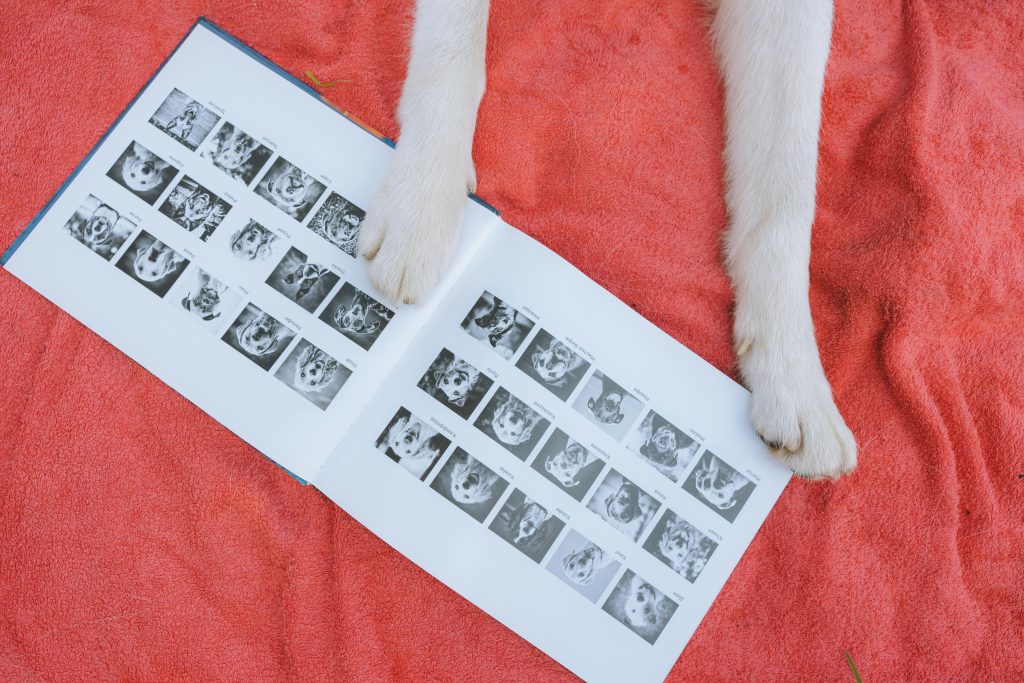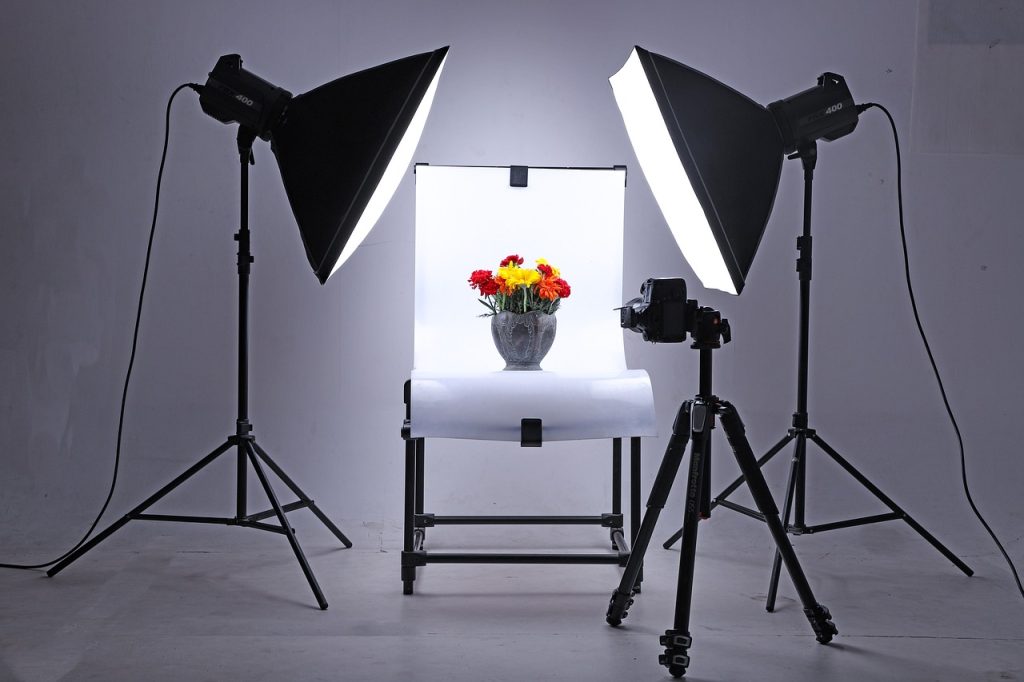Corporate photography sounds boring. And most of time – yes it is. It has long been associated with stiff, lifeless headshots and bland office imagery. Fortunately for us – freelancers – today’s businesses demand more—dynamic, engaging visuals that reflect their brand, culture, and professionalism. Whether you’re shooting polished executive portraits, capturing a team in action, or crafting images for a corporate website, knowing how to approach corporate photography can open the door to steady, well-paying work in the freelance world.
Unlike event or lifestyle photography, corporate photography requires a mix of technical precision, strong communication skills, and a deep understanding of branding. Clients expect images that are not only professional but also strategic—ones that showcase their people, workplace, and values in a compelling way.
In this guide, we’ll break down everything you need to know about corporate photography, from choosing the right gear to directing business professionals with confidence. Whether you’re working with a startup looking for casual team photos or a Fortune 500 company needing sleek executive portraits, mastering this niche will help you land repeat clients and build a profitable photography business.
1. Essential Gear for Corporate Photography
We know you’re an experienced photographer and already understand what gear works best for different situations. This section isn’t about telling you what to buy—it’s simply a friendly guide to the equipment that can make corporate photography more efficient, consistent, and professional.
- Camera & Lenses – A full-frame camera is ideal for high-resolution images with great detail. For headshots, a 50mm or 85mm prime lens offers flattering compression. A 24-70mm zoom lens is perfect for environmental portraits and capturing a team in action.
- Lighting Setup – Corporate photography often takes place indoors with artificial lighting. A softbox or umbrella setup helps create even, flattering light. A ring light can be useful for headshots, while LED panels offer flexibility for office environments.
- Backdrops & Props – A neutral backdrop (gray, white, or black) is a must-have for clean, professional headshots. Portable setups make it easy to shoot on location. Some companies prefer branded backgrounds that feature their logos or office decor.
- Tripod & Remote Trigger – Using a sturdy tripod ensures consistency, especially for group portraits or staged branding shots. A remote trigger allows for hands-free shooting, making it easier to interact with clients while maintaining framing.
- Reflectors & Light Modifiers – A simple reflector can help bounce light for a softer, more natural look, while light diffusers can prevent harsh shadows in office settings.
Having the right tools ensures that your shoots run smoothly, look professional, and meet corporate expectations. But as always, it’s not about having the most expensive gear—it’s about using what you have effectively to deliver the best results.
2. Mastering Corporate Headshots
A great corporate headshot is more than just a well-lit portrait—it’s a representation of a person’s professional brand. Whether you’re shooting an executive, a startup founder, or an entire team, your goal is to create images that convey confidence, approachability, and professionalism.
The Goal of a Corporate Headshot
- A good headshot should feel polished but natural, making the subject look both competent and approachable.
- The expression matters—a slight smile often works best, as it conveys confidence without looking forced.
- Avoid over-stylized or trendy edits—corporate headshots should be timeless and useful across various platforms (LinkedIn, company websites, business cards, etc.).
Best Angles & Framing
- Keep the camera at eye level to create a balanced and natural perspective.
- Frame headshots tightly around the head and shoulders for a professional look.
- Use gentle angles rather than extreme tilts to avoid making the subject look unnatural.
Background & Environment
- Studio vs. Environmental: A clean, neutral backdrop (gray, white, or black) is the safest choice for formal corporate shots. However, an office environment can add personality while keeping the image professional.
- Ensure the background is blurred enough to keep the focus on the subject but still provides context if shooting in an office setting.
Directing & Posing Clients
- Keep it simple – Most corporate clients are not models. Guide them into comfortable, relaxed postures.
- The ‘Slight Angle’ Trick – Have the subject turn slightly to the side instead of facing the camera straight on; this adds dimension and avoids a stiff look.
- Hands or No Hands? – For headshots, hands are usually not included in the frame, but for half-body shots, a relaxed pose with arms crossed or hands gently folded can work well.
- Encourage Natural Expressions – A genuine, slight smile often works better than a forced grin. A friendly chat before shooting can help relax nervous clients.
Corporate headshots might seem simple, but they require precision and an eye for detail. Lighting, composition, and directing the subject all play a huge role in getting that perfect professional shot.
3. Branding & Business Imagery: Beyond Headshots
Corporate photography isn’t just about taking professional headshots—it’s about telling a visual story that represents a company’s brand, values, and work environment. In addition to headshots, businesses often need branding images that showcase their team, workspace, and culture.
Lifestyle Corporate Shots
- Capture candid moments of employees working, collaborating, or engaging in tasks relevant to their roles.
- Natural interactions help create an authentic brand image that resonates with potential clients and employees.
- Avoid overly staged or forced interactions—genuine moments work best.
Team Photos: Making Group Shots Look Cohesive
- Ensure consistent wardrobe choices—neutral or company-branded clothing works well.
- Position taller individuals in the back and shorter ones in front to create balance.
- Keep expressions natural and relaxed to avoid stiff, forced smiles.
- Use even lighting to ensure every face is well-lit and in focus.
Office Spaces & Branding Elements
- Showcase the office environment to give potential clients and employees a glimpse into the company’s culture.
- Highlight modern workspaces, collaborative areas, and branding elements (such as logos or custom office decor).
- Keep compositions clean and structured, avoiding cluttered or overly busy backgrounds.
Stock-Style Corporate Imagery
- Many businesses require high-quality, stock-style images of their industry in action.
- Capture workplace activities such as meetings, brainstorming sessions, or employees using company products.
- These images can be used in marketing materials, websites, and presentations, making them highly valuable to corporate clients.
Corporate branding photography goes beyond traditional headshots by creating a strong, consistent visual identity for businesses. Up next, we’ll explore how lighting and composition can make these images stand out even more.
4. Lighting & Composition for a Professional Look
Lighting and composition are key to creating polished, high-quality corporate images. Whether shooting headshots, team photos, or branding images, mastering these elements ensures a professional, cohesive look.
Soft, Even Lighting for Flattering Results
- Use softboxes, umbrellas, or diffused natural light to create even, flattering lighting without harsh shadows.
- Avoid overhead fluorescent lights—they can cast unflattering shadows and create color imbalances.
- A fill light or reflector can help reduce shadows on the face and maintain a clean, professional look.
Framing & Composition for a Balanced Look
- Follow the rule of thirds for dynamic, well-balanced images.
- Keep horizon lines straight—tilted lines can make images feel unpolished.
- Use leading lines within office spaces to draw the viewer’s eye toward the subject.
Lighting and composition are what separate good corporate images from great ones. Up next, we’ll cover editing & retouching techniques to keep corporate photos polished but natural.
5. Editing & Retouching: Polished but Natural
Editing corporate photography is about enhancing professionalism while maintaining authenticity. Over-editing can make images look artificial, while subtle refinements can elevate them to a polished, high-quality standard.
Skin Retouching: Keep It Realistic
- Use frequency separation or dodge & burn techniques to smooth skin naturally without losing texture.
- Remove temporary blemishes but avoid excessive airbrushing—clients should still look like themselves.
- Reduce under-eye shadows subtly to create a refreshed, energetic look.
Background Cleanup & Distraction Removal
- Eliminate stray objects, clutter, or unwanted reflections to keep the focus on the subject.
- Straighten and align background elements to create a clean, professional composition.
- Fix minor wrinkles in clothing to maintain a crisp appearance.
Color & Tone Adjustments
- Ensure consistent color grading across all corporate images—cooler, neutral tones often work best for business settings.
- Adjust white balance to correct any color casts from office lighting.
- Slightly enhance contrast and sharpness for a polished yet natural look.
Consistency in Editing
- Use preset adjustments to maintain a uniform style across headshots and branding images.
- Ensure that skin tones appear natural across all lighting conditions.
- Match edits to the brand’s aesthetic—some companies prefer a warmer, more inviting look, while others opt for a cool, high-end corporate feel.
A great corporate image should look sharp, clean, and professional, without appearing overly retouched. Up next, we’ll discuss how to work effectively with corporate clients to ensure smooth shoots and repeat business.
6. Working with Corporate Clients
Corporate clients expect efficiency, professionalism, and consistency from their photographers. Understanding their needs and expectations will help you build long-term relationships and secure repeat business.
Understanding Corporate Expectations
- Fast turnaround – Corporate clients often need images for immediate use in marketing, websites, or press releases. Clear deadlines and efficient editing workflows are essential.
- Consistency in style – Companies want all their images to have a uniform, professional look. If you’re working with a brand that already has established visual guidelines, ensure your photography aligns with their standards.
- Professional demeanor – Punctuality, reliability, and clear communication are crucial. Arrive on time, dress appropriately, and maintain a polite, businesslike attitude.
Pricing Corporate Photography
- Corporate photography pricing often follows a day rate or per-session model rather than per image.
- Consider offering package deals for headshots, team portraits, and office branding images.
- Be clear about licensing and usage rights—ensure clients understand what they’re paying for and how they can use the images.
Building Long-Term Relationships
- A great first impression can lead to ongoing contracts with companies that require updated images over time.
- Offer follow-up services like seasonal updates or event coverage.
- Keep communication open—send occasional emails to remind past clients of your services.
What to Include in Contracts
- Scope of work – Clearly outline what’s included (number of images, type of photography, editing services).
- Delivery timeline – Set expectations for when and how images will be delivered.
- Usage rights & licensing – Define how the company can use the photos (website, social media, print marketing, etc.).
- Payment terms – Specify deposits, payment deadlines, and cancellation policies.
Is It For You?
Corporate photography is a profitable and in-demand niche that requires a combination of technical skill, business acumen, and strong client relationships. By mastering headshots, branding images, lighting, and editing techniques, you can deliver high-quality visuals that meet corporate expectations.
If you approach this field with professionalism and consistency, corporate photography can provide steady, well-paying work and long-term clients who rely on your expertise to maintain their brand image. Whether you’re working with small businesses or large enterprises, the key is to create compelling, polished images that help businesses tell their story.



